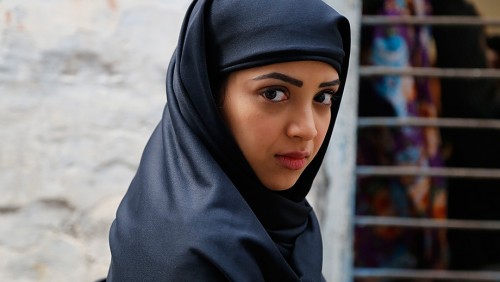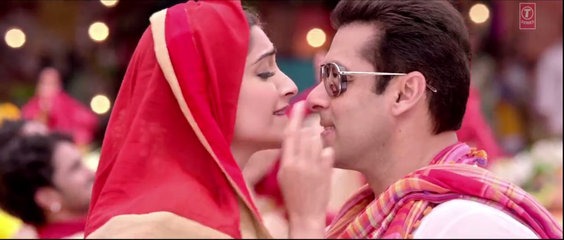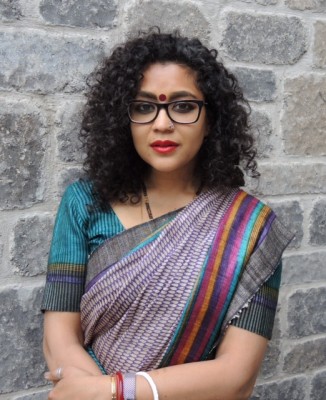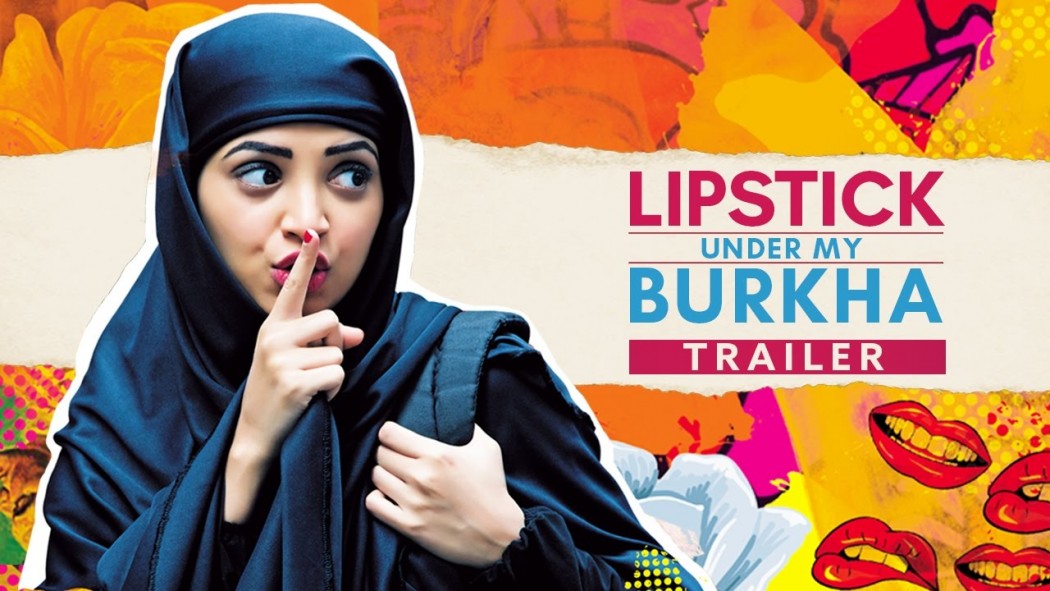By Aparita Bhandari
Lipstick Under My Burka Spurs Gender Debate…Once again.
I must admit, I was intrigued by the trailer for Lipstick Under My Burkha when I saw it a year ago. First off, the film stars two of my favourite contemporary Indian actresses — Konkona Sen Sharma and Ratna Pathak Shah. The trailer gave a glimpse of a film set in small town India, showing us the intimate lives of four women — their desires and their circumstances. And most importantly, it was made by Alankrita Shrivastava, a female filmmaker I hadn’t heard of before.

Photo Credit: 2016.tiff-jp.net
Progress! I thought. Things are changing in Bollywood. Women are no longer being considered just eye-candy. Consider films with Vidya Balan and Kangana Ranaut playing the central role! Even a fresh face like Alia Bhatt is being given a chance to portray female characters with some spunk to them in big budget Bollywood films.
There were a couple of posts on my Facebook feed wondering if Lipstick Under My Burkha will end up fetishizing women in burkhas, presenting stereotypes of women repressed by their faith. However, I wanted to make up my own mind about the movie. But then India’s Central Board of Film Certification (CBFC) refused to certify the film, saying that the film was “lady oriented,” contained sexual scenes, abusive language, and audio pornography.
The hypocrisy, as pointed out by Shrivastava in her op-ed in The Guardian, is blatant. Women are regularly offered up as sexual objects in Indian movies. In the past, sexual metaphors used to abound: songs featuring lyrics with multiple innuendo and lingering shots, wet saris, and generous use of the wind machine to blow off dupattas and pallus.
These days, sex comedies offer more literal displays of sexual objectification. Item numbers are just as important today as they were a decade ago, in getting movie projects greenlit by producers.

This routine portrayal of women in popular Indian cinema adds to the general attitude towards women as objects of desire or affection rather than an appreciation of their intellect or emotions. Unless women are academics or highly-positioned in professional careers, their opinions are usually humoured, rather than sought — and even then women in the workplace regularly have to face everything from everyday slights to instances of straight out misogyny, often with a patient smile.
Explaining his reason to deny a certification, CBFC chief Pahalaj Nihalani suggested that Lipstick Under My Burkha was at odds with the organization’s responsibility that’s “not only limited to issuing certificates to the films but also to preserve the culture and tradition of the country.” Why is a movie that addresses female sexual desires, among other things, such a threat to Indian culture?

Interestingly, the CBFC was in a less censorious mood more than four decades ago, when it granted an A certificate to a movie called Chetna. In fact, it was other filmmakers who were outraged at the premise of the film — a young man (Anil Dhawan) falling in love with a “call-girl” (Rehana Sultan) and then marrying her. Traditional leading ladies at the time were virtuous women, alternating between coy and demure. The idea of a call-girl as a woman with a story to tell, a central figure rather than an aside, was a radical idea.

It goes without saying that men are never questioned about their sexual appetites or other social behaviours in Indian movies. Male fantasies are catered to. Male pursuit is acceptable in the name of romance — from stalking and crude jokes to sexual harassment labelled as “eve-teasing.” It’s no wonder that the idea of consent is still largely an alien concept for viewers who buy into these plot devices.
Thankfully, Shrivastava, who is currently travelling between Europe and America to screen Lipstick Under My Burkha at film festivals, is going to challenge the de facto ban on her film. Why does it matter? Because we need more spaces for women-centric narratives, especially in popular culture. Because as much as art imitates life, it can also inspire conversations about life.
And so we need portrayals of women that go beyond the usual tropes of girlfriends and wives, mothers and sisters, where the plot focuses on the male protagonist’s journey.
We need more films where women’s internal lives are not portrayed just as an interesting corollary.
In short, we need more “lady-oriented” films.
More about the author:

Aparita Bhandari. Writer
Aparita Bhandari is an arts and life reporter based in Toronto. She has contributed to CBC Radio, the Toronto Star, The Globe and Mail, Toronto Life, Chatelaine and Walrus magazine, among other publications.



There are no comments
Add yours